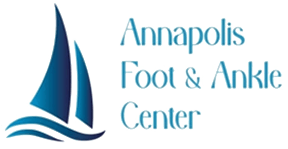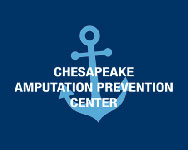Race completed? Congrats! But Don't Stop Just Yet
It sound may sound cruel after a long run, but for your body and sole's sake, you should keep moving after the race. Walk briefly while you snack and rehydrate, and make haste to remove wet socks and put on dry ones, which will cool off your feet. Then treat blisters using rubbing alcohol to disinfect, and take a load off. If you had to drag one of your feet across the finish line, or face another lingering ambulatory injury, set an appointment with your podiatrist to have your foot—or by extension, ankle or leg—checked out. Follow doctor's orders to recoup, reload and race on.


.jpeg) Our
Our 